Overleaf 模板库LaTeX 模板和示例 — Recent
探索 LaTeX 模板和示例,以帮助完成从撰写期刊文章到使用特定 LaTeX 包的所有工作。

Modelo para teses e dissertações do Instituto de Estudos Sociais e Políticos da Universidade do Estado do Rio de Janeiro (IESP-UERJ), baseado no repUERJ, criado em 2013 por Luís Fernando de Oliveira, da UERJ, sendo disponibilizado aqui https://www.overleaf.com/read/bpqdkmgxznvh As alterações e atualizações para as normas vigentes foram feitas em conjunto com a biblioteca, com auxílio da bibliotecária Rosalina Barros. Em caso de dúvidas ou sugestões, seguem os endereços de contato: biblioteca@iesp.uerj.br | matheus.pestana@iesp.uerj.br
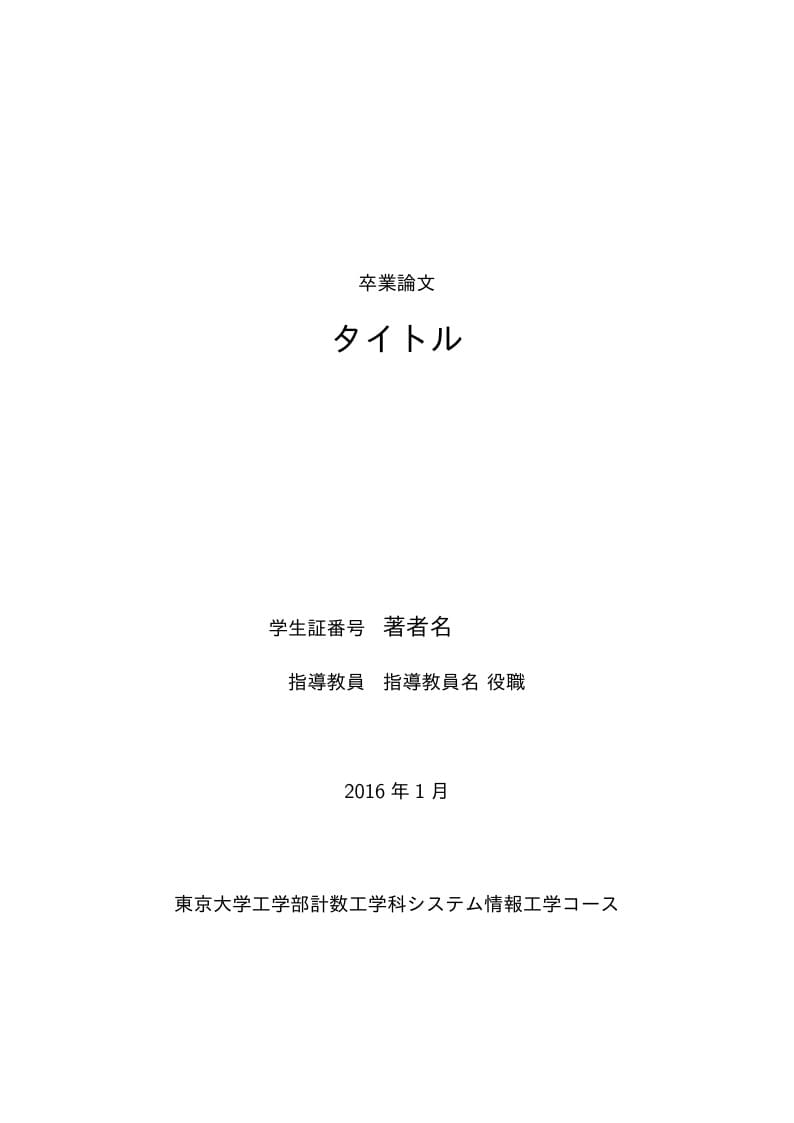
計数工学科システムコースの卒論のテンプレートです。 https://qiita.com/yokotech/items/4e98f75caf7b52282b19 に従って作業を行ったものをここにおいています。

This style should be used for all manuscripts submitted for peer review to the AJUR. Please find more information at http://www.ajuronline.org/
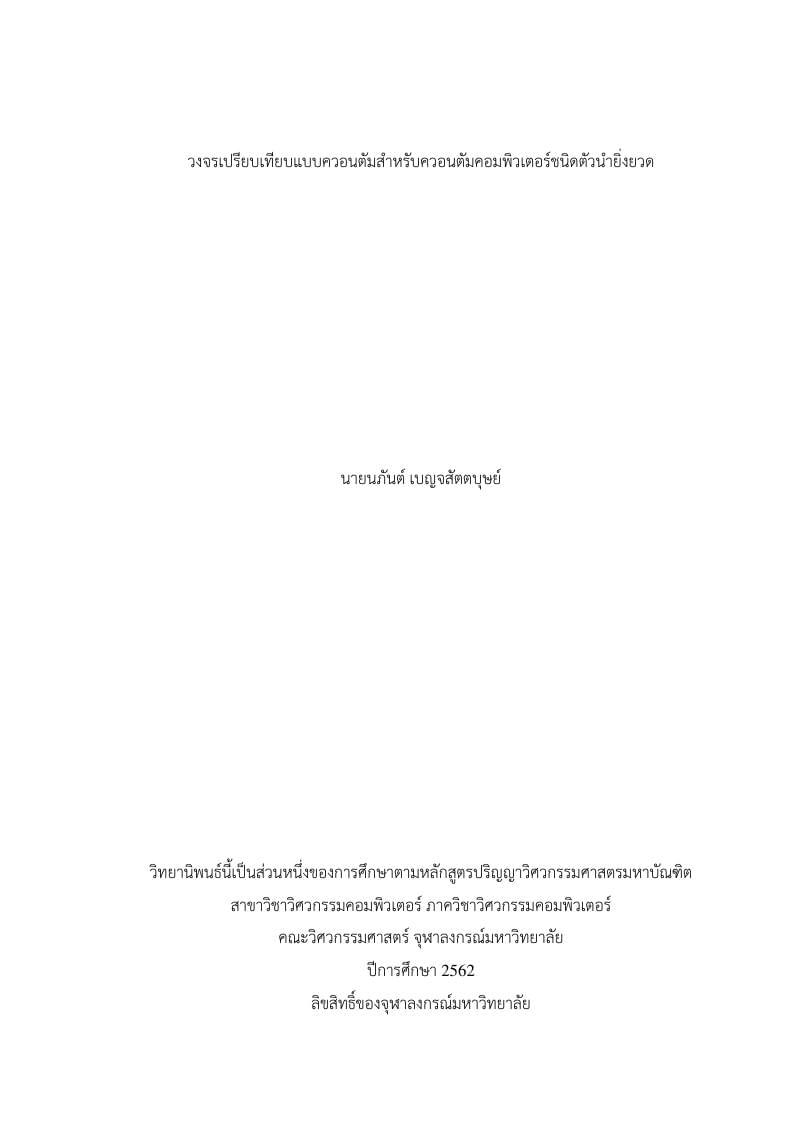
Thesis template for Chulalongkorn graduate student
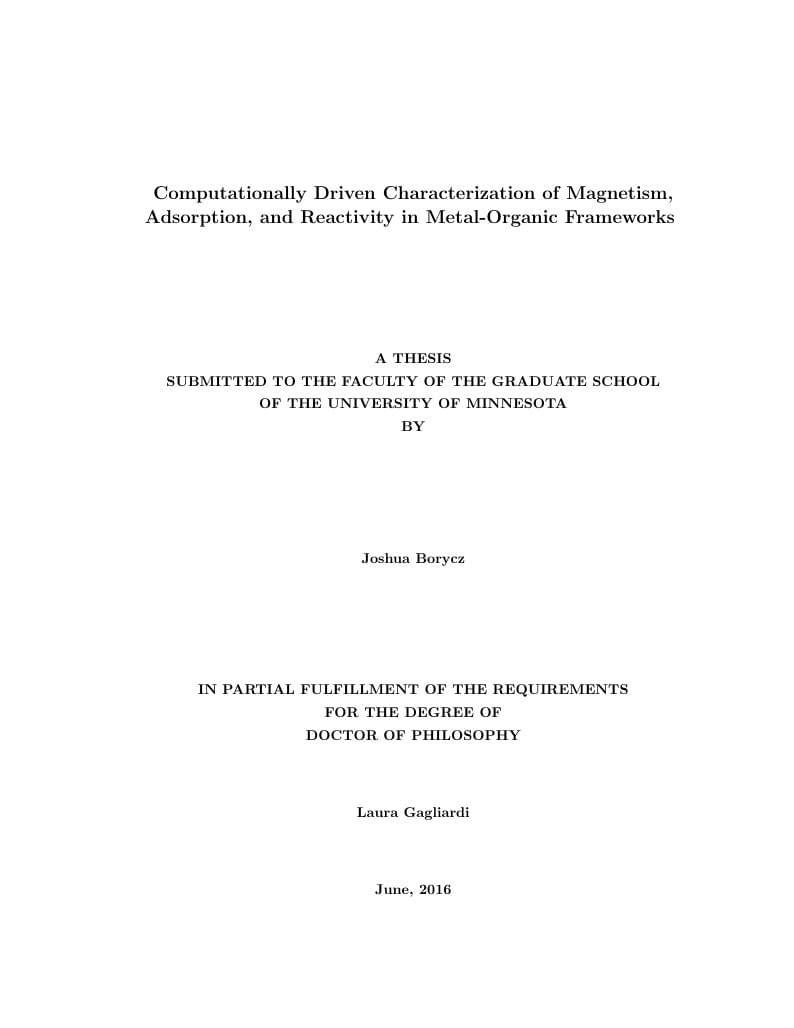
Computational Chemistry PhD Thesis from the University of Minnesota
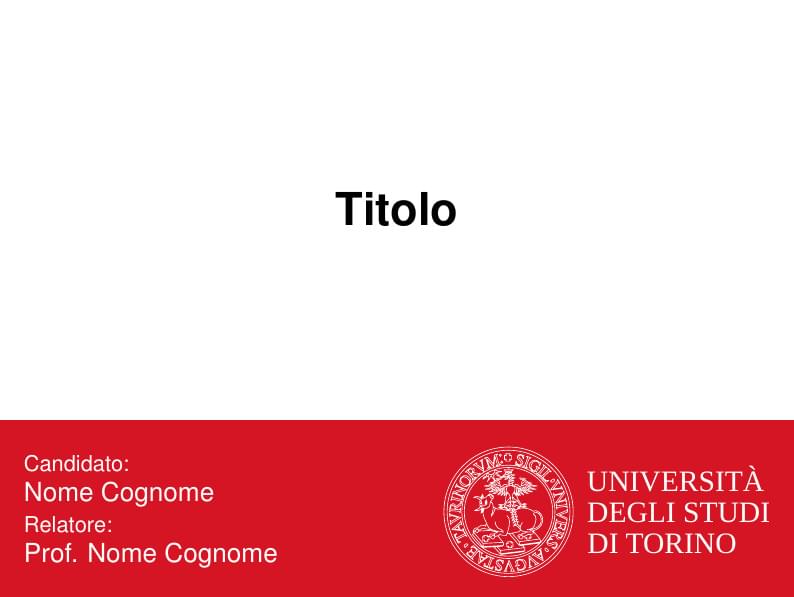
Beamer theme for the University of Turin.
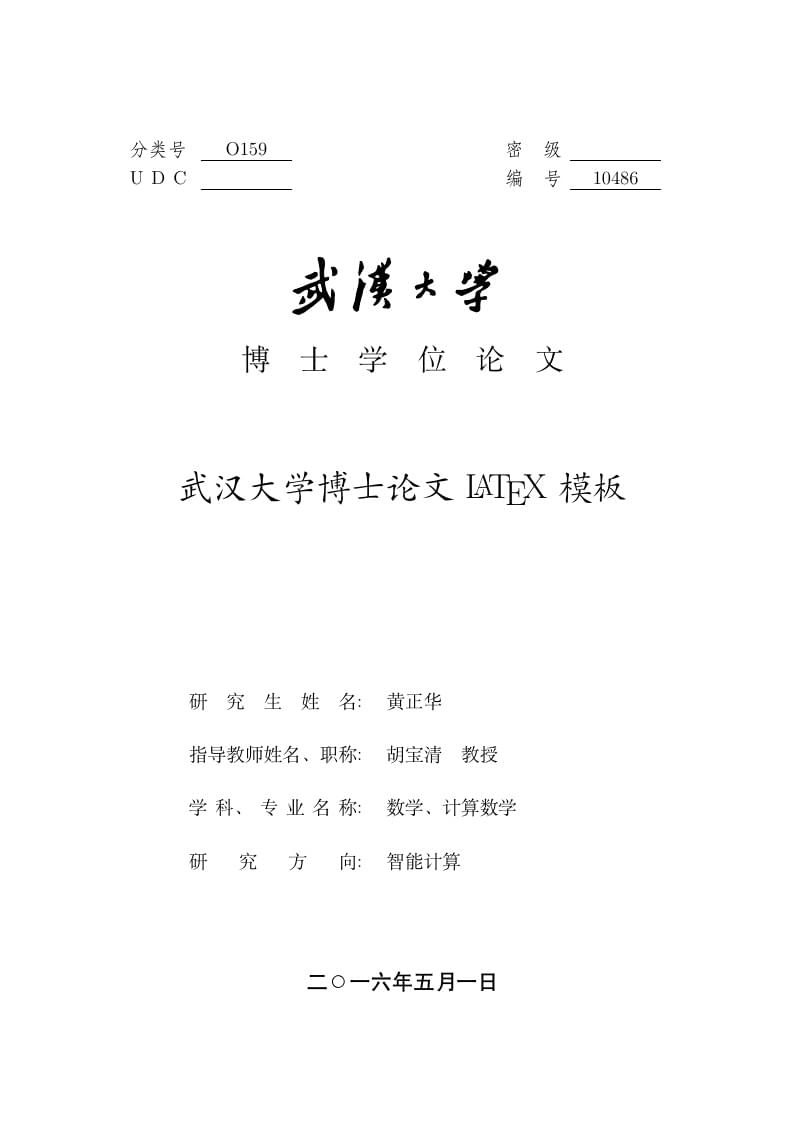
武汉大学博士论文 LaTeX 模板: http://aff.whu.edu.cn/huangzh/

Since my research is related to multilingual dictionaries, I have the excuse of using this TikZ drawing of multilingual "thank you's" at the end of my presentations. It had the advantage/disadvantage of distracting the audience enough from raising nit-picking, asked-just-for-sake-for-asking types of questions. :-) If compiling this takes too long, the best way to use this is probably to use the result PDF directly via e.g. \includegraphics[page=1]{multiling-tq.pdf} BTW -- can you spot the two fictional languages? :-)
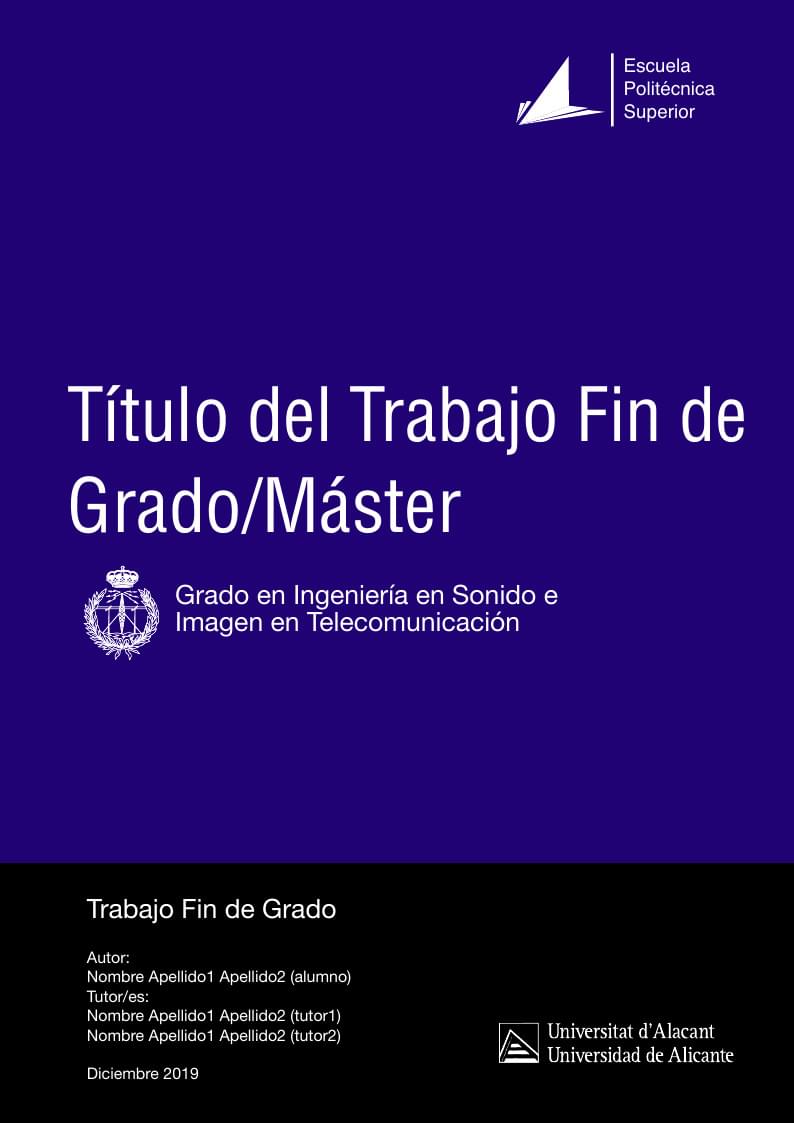
Plantilla LaTeX para la elaboración de TFG y TFM en la Escuela Politécnica Superior de la Universidad de Alicante. Proyecto disponible aquí y en GitHub. Se mantiene actualizada la versión en GitHub, en Overleaf se actualiza con menos frecuencia debido a que hay que volver a publicar el proyecto completo.